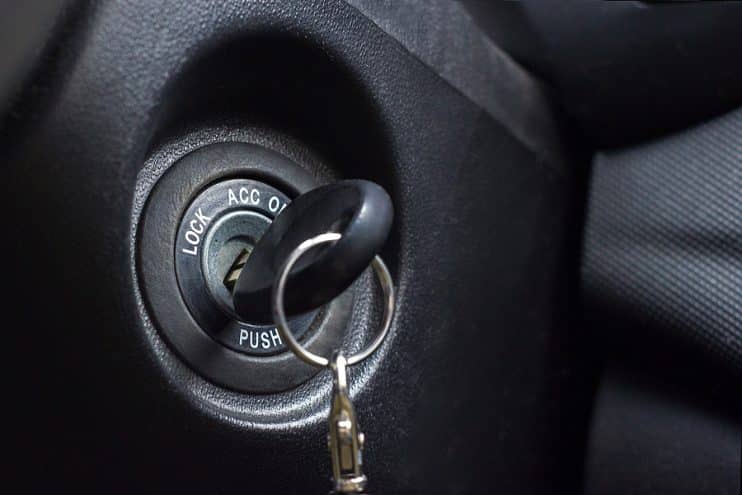
Your vehicle’s ignition switch, sometimes called the starter switch, is crucial for getting you on the road. You’re not going anywhere without it, as the ignition switch activates the main electrical systems and the starter motor. The switch takes power from your car’s battery to the ignition coil, and then the spark plugs cause the combustion that makes your engine run.
When the ignition switch starts to fail, it can be frustrating and inconvenient, but knowing the signs of a faulty ignition switch could save you time, money and stress. Whether you’re deciding between a new or used ignition switch or trying to determine if another electrical issue is to blame, our guide will help you identify the problem and find the right solution.
Table of contents:
- What is an ignition switch, and what does it do?
- What are the symptoms of a bad ignition switch?
- What causes a bad ignition switch?
What is an ignition switch, and what does it do?
The ignition switch is a critical electrical component, usually located on your steering column or dashboard. When you insert and turn your car key, it connects the car battery to the electrical systems, including the starter motor and the engine control unit (ECU). The ignition switch ensures your car powers up and stays running during your journey.
In modern vehicles, the ignition switch also interacts with immobilisers and transponder chips, giving you an additional layer of security when your car is unattended. So, when it falters, you may be at increased risk of theft and facing a host of annoying issues.
What are the symptoms of a bad ignition switch?
It’s not just a stalled motor that’s a sign of a failing ignition switch – here are further indicators that it may be failing.
Your car won’t start
One of the most common signs of a faulty ignition switch is, guess what, a car that won’t start! When you turn the key, you might hear a faint clicking sound or nothing at all. While this could also be due to a dead battery or a problem with the starter motor, a faulty ignition switch often leads to a blocked electrical pathway, ultimately preventing your car from starting.

You have difficulty turning the key
If you find it hard to turn the key in the ignition, it could be down to a worn-out ignition cylinder or internal switch components.
Sometimes, jiggling the steering wheel while turning the key can help, but if the problem persists, it’s time for a closer inspection.
The car stalls or misfires
Is your car stalling shortly after start-up or while driving? A failing ignition switch could be the culprit, as it can disrupt the power supply to critical systems such as the fuel pump or ECU, causing the engine to simply shut off. It’s not only inconvenient but extremely dangerous if it happens on a busy road or motorway.
You’ve got electrical gremlins
A faulty ignition switch can unleash a host of electrical gremlins in your vehicle, causing various accessories to behave unpredictably. Devices such as the radio, air con, power windows or even the phone charger may stop working altogether or only function sporadically. These interruptions can be frustrating and inconvenient, especially during long drives or harsh weather conditions.
Your dash lights are flickering
Flickering dashboard lights are one of the tell-tale signs of an ignition switch issue. This issue tends to happen when the ignition switch struggles to provide consistent power, so you have electrical instability. If your dash lights are flickering while driving, it’s a red flag that means you should get your electrical system checked out.
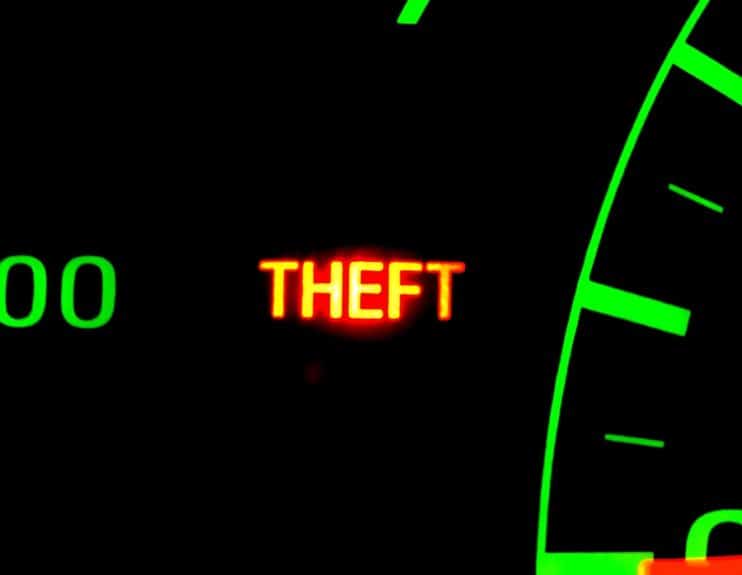
You have problems with your immobiliser
Since the 1990s, most cars have been equipped with immobilisers as a standard security feature, designed to prevent the unauthorised starting of the engine. The system pairs the ignition switch with a transponder chip in the key. When you pop the key into the ignition, the chip communicates a unique code to the immobiliser system and starts the engine.
However, if your ignition switch is faulty, it may not allow the chip in your key to communicate with the immobiliser and your car won’t start. It’s also worth checking whether the key battery (in cases where the chip is battery-powered) needs replacing or if the system requires reprogramming.
What causes a bad ignition switch?
Ignition switches don’t tend to fail out of the blue. Here are some common reasons why they deteriorate:
- Wear and tear: Repeated use wears down the internal components over time, leading to malfunctions.
- Debris: Dirt and debris can accumulate inside the ignition cylinder, obstructing the smooth operation of the switch.
- Excessive weight on keychain: A heavy keychain adds unnecessary strain to the ignition switch, accelerating wear.
- Power surges: Electrical surges from faulty wiring or a failing alternator can damage the ignition switch’s delicate components.
A failing ignition switch can show itself in various ways, from a stalled engine to electrical accessories misbehaving. These symptoms might seem minor initially, but ignoring them can leave you stranded or compromise your safety.
If your car stalls while in use, first check that it’s not just a mistimed gear shift, as this can often be the reason why. If the problem keeps happening, it’s likely that it’s tied to the ignition switch, potentially causing power loss to your fuel system and engine. Similarly, electrical issues, such as flickering dashboard lights or non-functional accessories, are strong indicators of a failing switch.
Addressing any issues promptly and replacing a faulty ignition switch with a new or used ignition switch can save you from further inconvenience and ensure your car reliably starts, every time.

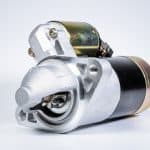
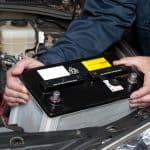
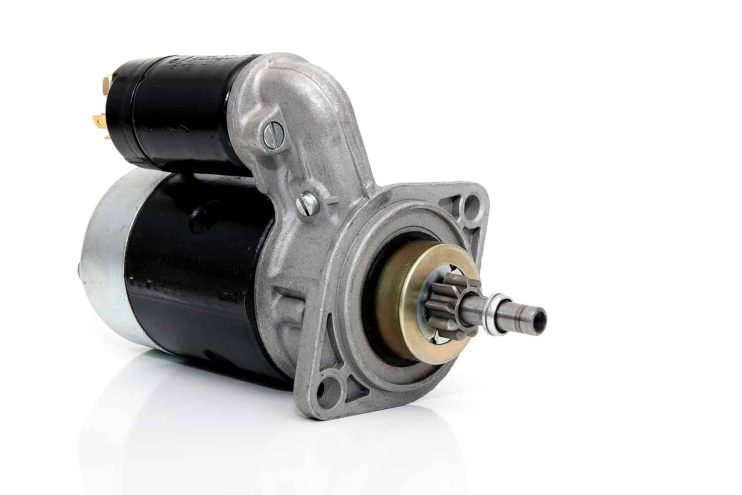
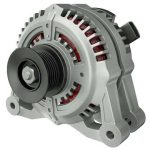
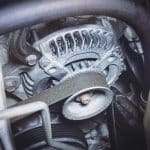
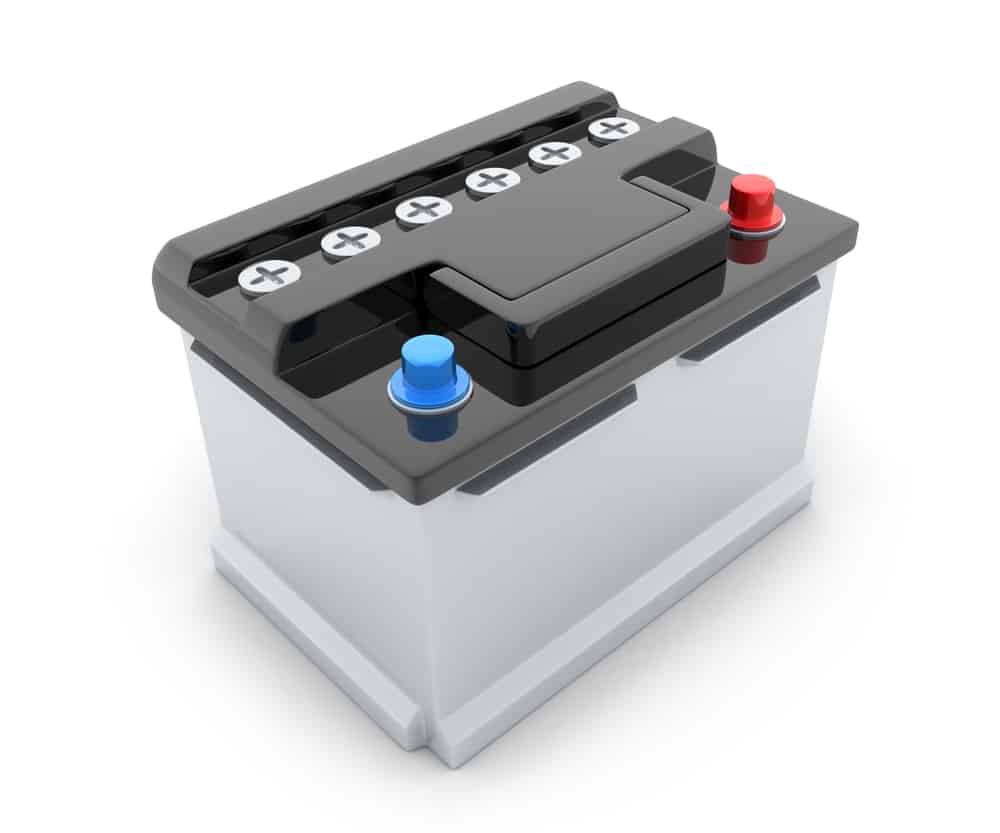
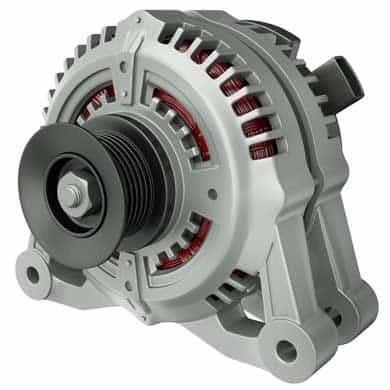
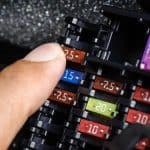

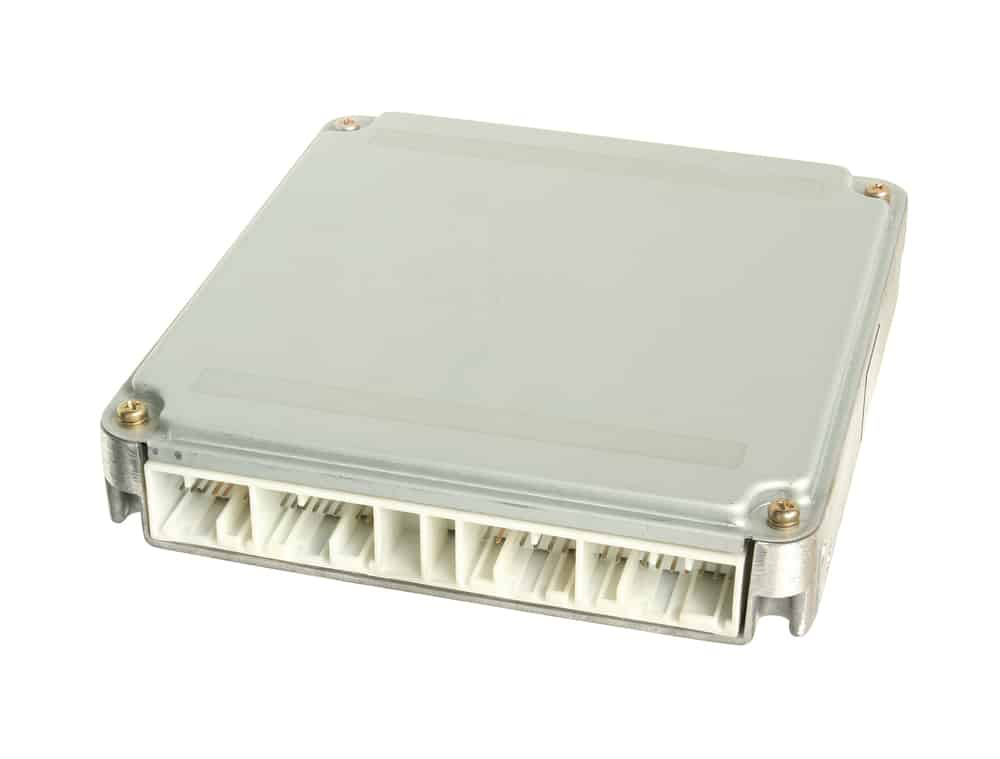
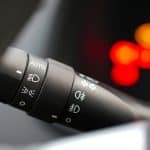
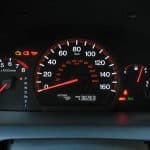
.png)